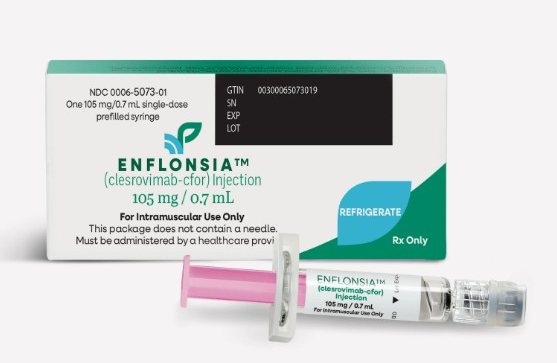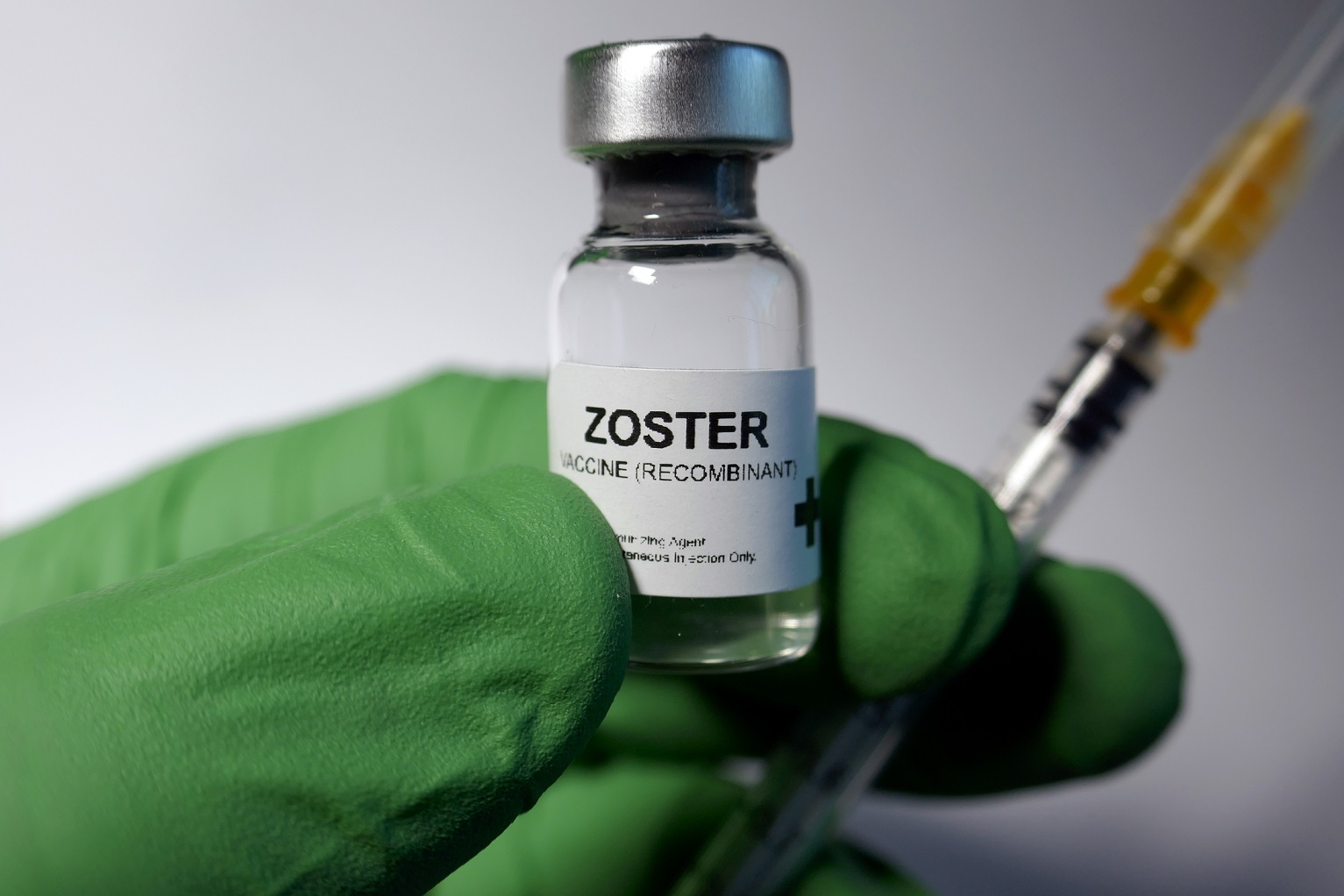A new study published by the U.S. Department of Health and Human Services’ Agency for Healthcare Research and Quality (AHRQ) on Dec. 15, 2022 estimates that about six percent of the approximately 130 million people (about one in 18 individuals) who seek medical care in emergency departments (ED) in the United States each year are misdiagnosed. This translates into about 7.4 million misdiagnosis errors that cause unnecessary harm to some 2.6 million patients and leave an additional 370,000 patients permanently disabled or dead.1 2 3 4 5
The study researchers from Johns Hopkins University, which reviewed 279 studies published between January 2000 and September 2021 to analyze the frequency and impact of diagnostic errors, found the rates of emergency department misdiagnosis to be similar to those observed in primary care and hospital inpatient care settings.2 3 5 They also found that…
Put in terms of an average ED with 25,000 visits annually and average diagnostic performance, each year this would be over 1,400 diagnostic errors, 500 diagnostic adverse events, and 75 serious harms, including 50 deaths per ED.3 5
Stroke is the Most Misdiagnosed Condition
The following five conditions account for 39 percent of misdiagnosis-related harms: stroke, myocardial infarction, aortic aneurysm/dissection, spinal cord compression/injury and venous thromboembolism. Stroke, which involves a blockage that stops blood supply to tbe brain or when a blood vessel in the brain bursts, is the condition that causes the most harm and is misdiagnosed about 17 percent of the time.1 2 3 4 5
According to the study, the main causes of the diagnostic errors in emergency departments are mostly “cognitive errors linked to the process of bedside diagnosis.”3 Additionally…
Malpractice claims associated with serious misdiagnosis-related harms involved failures of clinical assessment, reasoning, or decision making in about 90 percent of cases. Similar findings were seen in incident report data. These issues are not unique to the ED—they are seen across clinical settings, regardless of study method.3
“Not all diagnostic errors or harms are preventable, but wide variability in diagnostic error rates across diseases, symptoms, and hospitals suggests improvement is possible,” the study noted. “Scalable solutions to enhance bedside diagnostic processes are needed, and these should target the most commonly misdiagnosed clinical presentations of key diseases causing serious harms.”3 4
Misdiagnosis: The ‘Elephant in the Room’
The problem of emergency department misdiagnosis was described as “the elephant in the room no one is paying attention to” by professor of neurology David Newman-Toker, MD, PhD, director of Johns Hopkins’ Armstrong Institute Center for Diagnostic Excellence and one of the study’s researchers. It is part of a broader problem of medical errors involving the U.S. health care system, which account for 10 percent of deaths in the U.S. annually and some $20 billion in costs to the country.2 6 7 8
In 2020, a white paper released by the Foundation for the Innovation and Development of Health Safety found that 20-25 percent of patients are harmed by medical errors in primary and outpatient care in the U.S. and Europe, as well as in many developing countries. The report found that 25 percent of preventable harm done to patients was caused by mismanagement in the way drugs were administered and that, in the U.S. alone, adverse reactions to drugs were responsible for nearly 700,000 emergency room visits and over 100,000 hospitalizations every year.9
The problem of medical errors leading to millions of deaths over the past decades is a long-standing problem in U.S. healthcare. In 2000, the Institute of Medicine, National Academy of Sciences, published a report To Err is Human: Building a Safer Health System, which revealed that medical errors in U.S. hospitals were a leading cause of death. Authors of the report said:
Experts estimate that as many as 98,000 people die in any given year from medical errors that occur in hospitals That’s more than die from motor vehicle accidents, breast cancer, or AIDS–three causes that receive far more public attention. Indeed, more people die annually from medication errors than from workplace injuries. Add the financial cost to the human tragedy, and medical error easily rises to the top ranks of urgent, widespread public problems.10
By 2016, Johns Hopkins University patient safety researchers reported that more than 250,000 deaths per year in the U.S. can be attributed to medical errors.7 11
If you would like to receive an e-mail notice of the most recent articles published in The Vaccine Reaction each week, click here.
Click here to view References:1 Abelson R. E.R. Doctors Misdiagnose Patients With Unusual Symptoms. The New York Times Dec. 15, 2022.
2 Advisory Board. Are 7M people misdiagnosed in EDs each year? A new study raises controversy. Dec. 19, 2022.
3 Agency for Healthcare Research and Quality. Diagnostic Errors in the Emergency Department: A Systematic Review. Dec. 15, 2022.
4 Boggs J. Government data: 5.7% of ER visits misdiagnosed. Denver7 ABC Dec. 16, 2022.
5 Kounang N. More than 7 million incorrect diagnoses made in US emergency rooms every year, government report finds. CNN Dec. 16, 2022.
6 Al-Maskari K. 7 ways EHRs can reduce medical errors. Medical Economics Sept. 6, 2022.
7 Cáceres M. Study: Medical Error is the Third Leading Cause of Death in the U.S. The Vaccine Reaction May 6, 2016.
8 Johns Hopkins Medicine. Study Suggests Medical Errors Now Third Leading Cause of Death in the U.S. May 3, 2016.
9 TVR Staff. Medical Errors Harm Up to 25 Percent of Patients in Outpatient Care. The Vaccine Reaction Feb. 27, 2020.
10 Kohn LT, Corrigan JM, Donaldson MS. To Err is Human: Building a Safer Health System. Institute of Medicine (US) Committee on Quality of Health Care in America: National Academies Press (US); 2000.
11 Johns Hopkins Medicine. Study Suggests Medical Errors Now Third Leading Cause of Death in the U.S. May 3, 2016.













7 Responses
MD. = Mis Diogenes.
SOP for decades with no improvements. Even when they might get it right, the drugs will harm you.
Personally have suffered from this very issue. Fortunately it has not resulted in death, but it has been disabling to a degree. Had I been properly diagnosed early on, I may have been able to avoid hardship and deterioration of my thyroid. Multiple ED visits – I was misdiagnosed with anxiety/depression because the ED wouldn’t run a thyroid panel. After several visits I began to do my own research, and I even asked for a thyroid panel, but they refused and tired to put me on meds. I actually had(have) autoimmune thyroiditis, which causes wild swings in thyroid hormone, which results in a vast variety of symptoms including anxiety, shortness of breath, depression, extreme fatigue, migraines, mood swings, rapid weight gain/loss, tremors, neuropathy, etc etc.
I actually told them what was wrong and what needed to be done because it had happened several times before, usually in the Fall.
I am on antibiotics to treat a sinus infection to prevent the infection from migrating to the lungs, developing into bronchitis and then, possibly, pneumonia. This information is also contained in my computerized medical record. All that is needed is for a respiratory therapist to administer a breathing treatment. This protocol was specifically requested more than once.
Instead, I was rushed to a treatment room, stuck with IV’s that were too large for my veins, my protests ignored, given unnecessary x-rays and the mandatory Covid test. In exasperation, I pulled out the IV’s and left, AMA.
The total bill I subsequently received billed my insurance provider over $2,000, of which I was required to co-pay about $24.00 (which probably covers cute Covid test).
However, I am advising my insurance company that they have been bamboozled.
I was taken to the most well known hospital located in Middle Tennessee and was put in a room with no way to ask for help for 3 hours! The ONLY question I was asked “Have you had the covid vaccine?” NO! A doctor came in 2.5 hours later and said they ‘thought’ I had low potassium but were ‘incapable’ of doing a test!!! I should go to my PCP! And that I should arrange for pick up to go home! My son picked me up! Later, I went to another ER who diagnosed me with a STROKE! I was hospitalized for 5 days and in rehab for 5 days! To this day, I have not regained my health! Physical Therapy and Home Health did not provide what I needed! The first month after stroke is the most critical time! Healthcare is all about money instead of health!
This is one of the consequences of a for profit medical system controlled by Big Pharma.
I believe that some of the abuse is new and can be attributed to being unvaccinated.
I am sorry for the mistreatment/neglect.
My last visit was for a Takotsubo event. I told them that I was tachycardic with a history of V-fib, but it felt worse than usual. They asked of my vaccination status which is negative.
They put me in a room unattended for over two hours.
I went home AMA. They then sent the Police to my house because my troponin level was in the high 20’s. I took an ambulance to a different hospital and spent the week in Cardiac I.C.U. My respiratory was down to 10 for a long time.